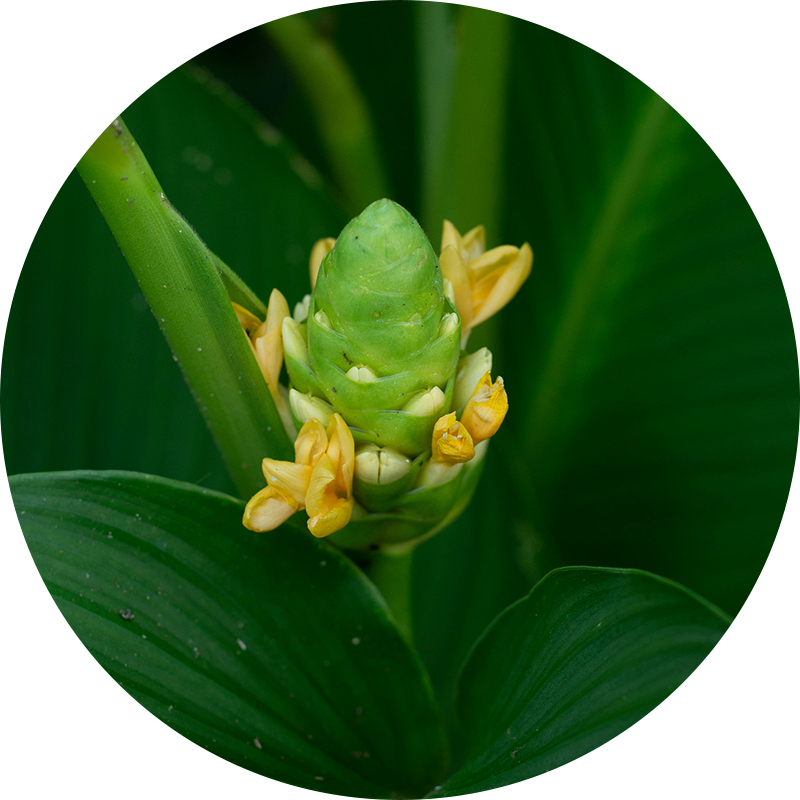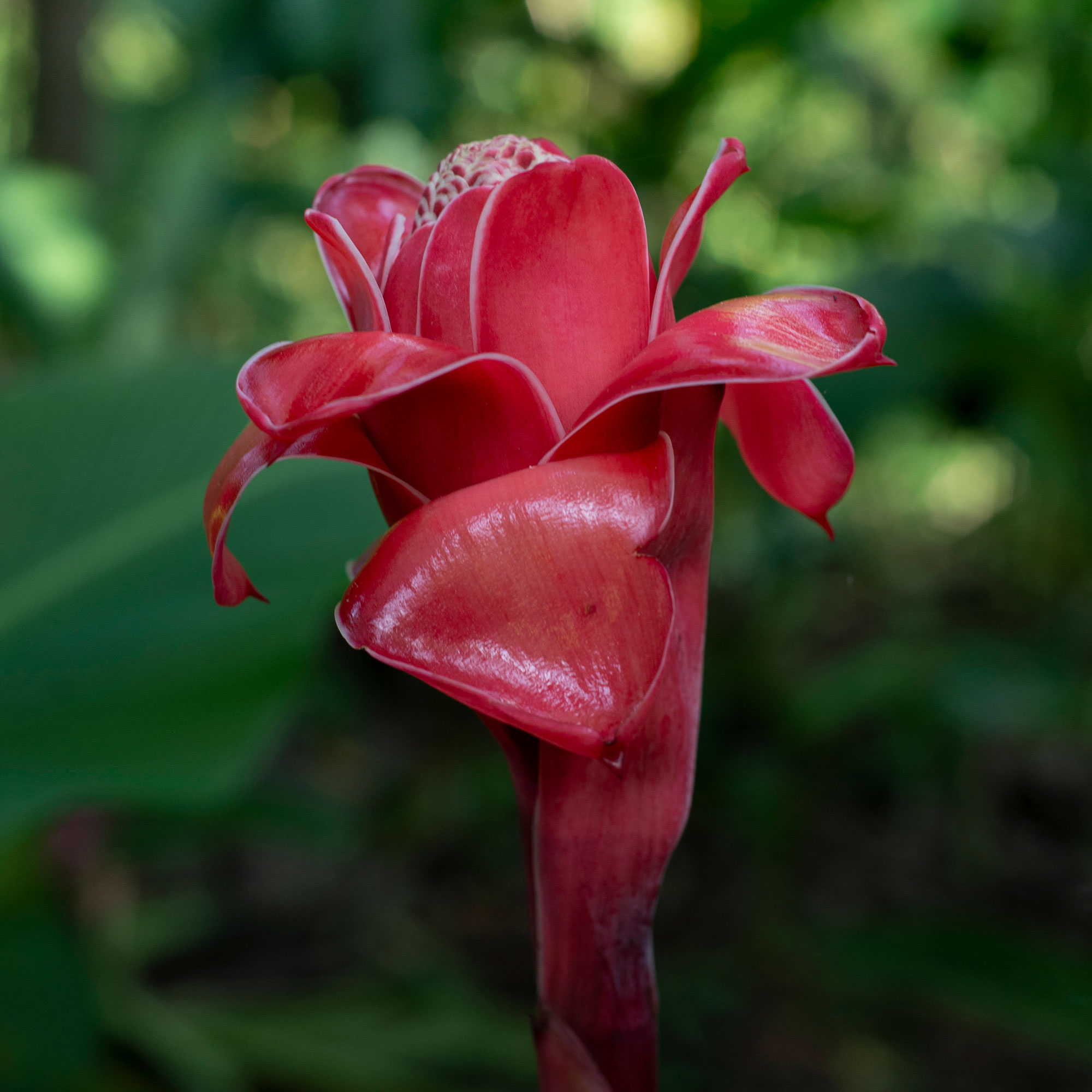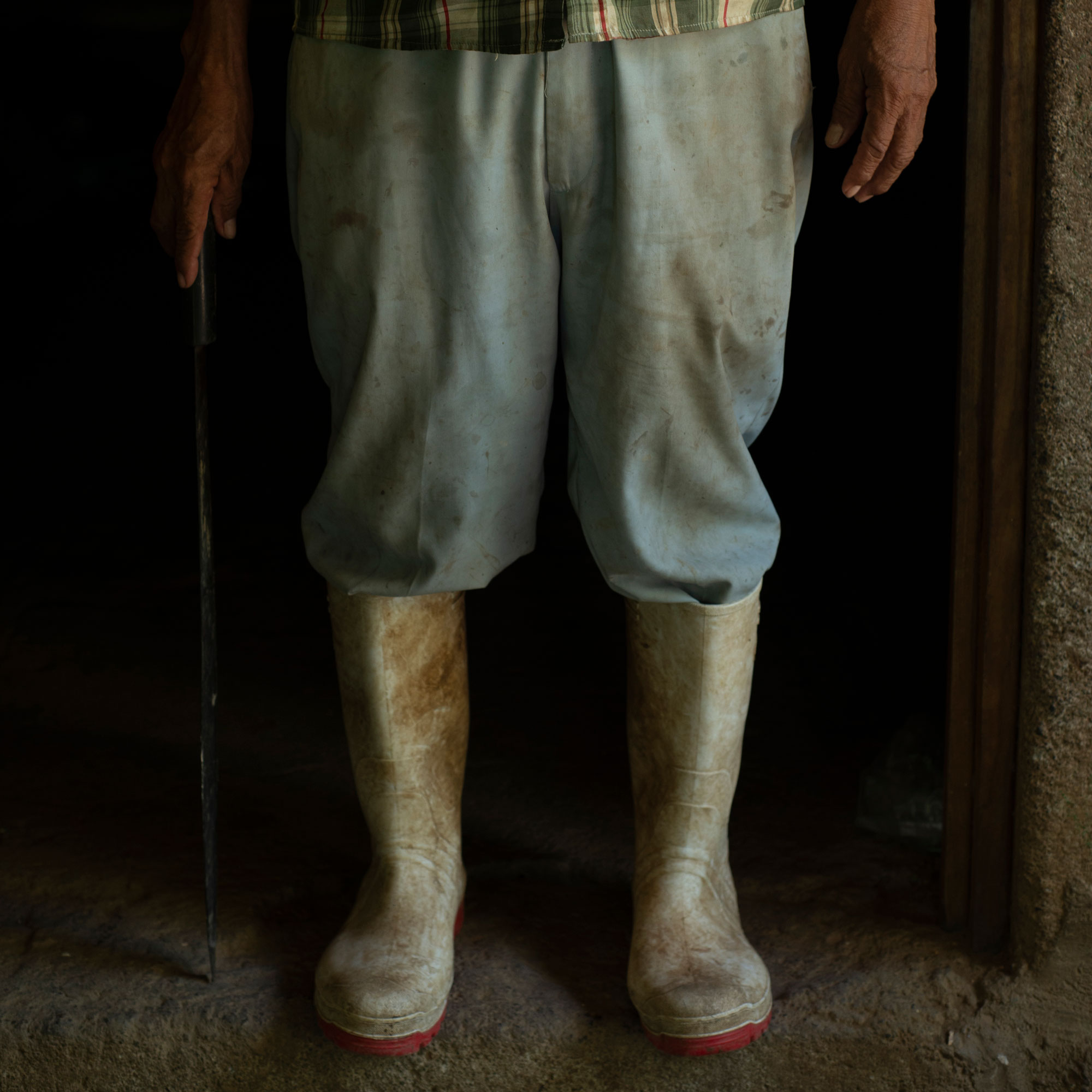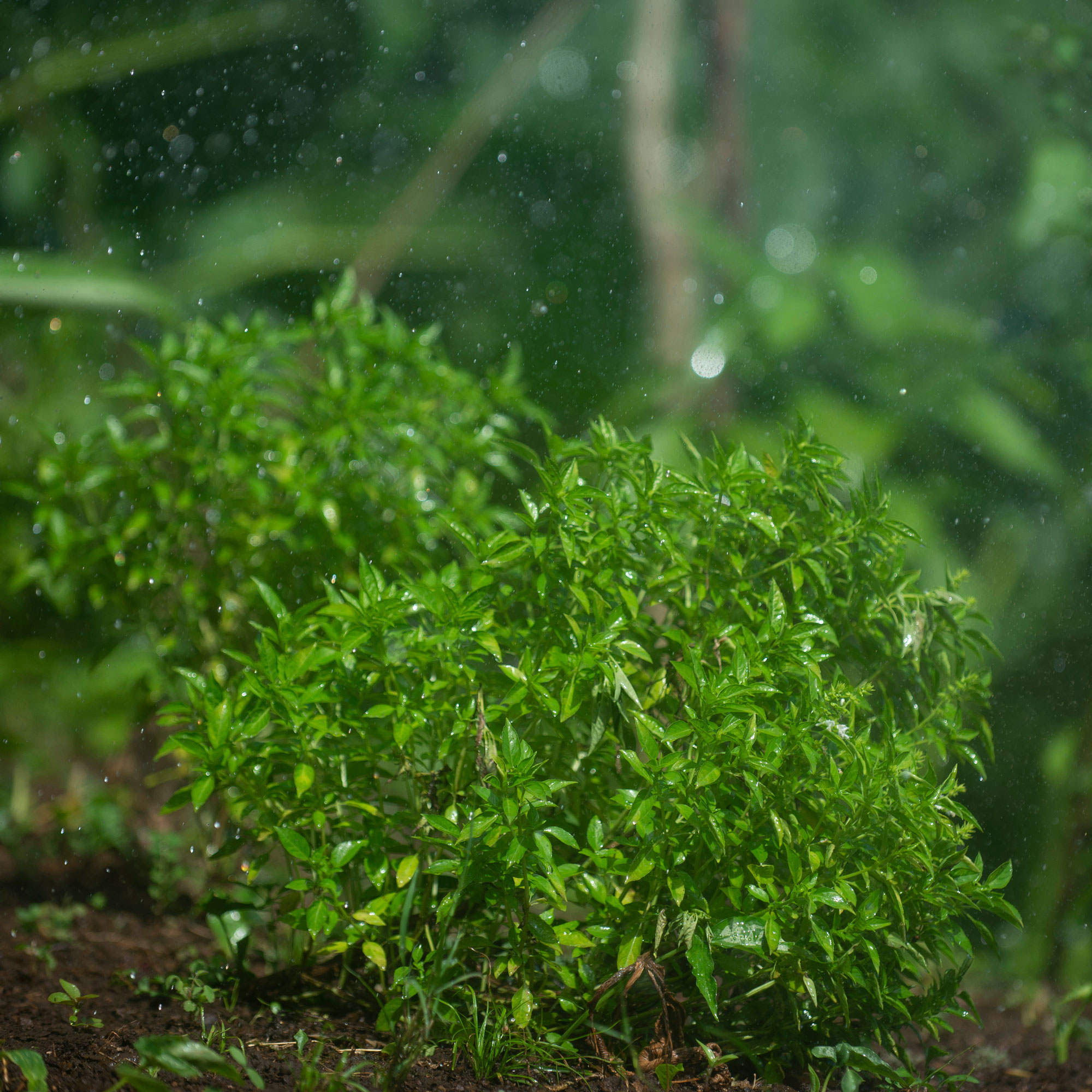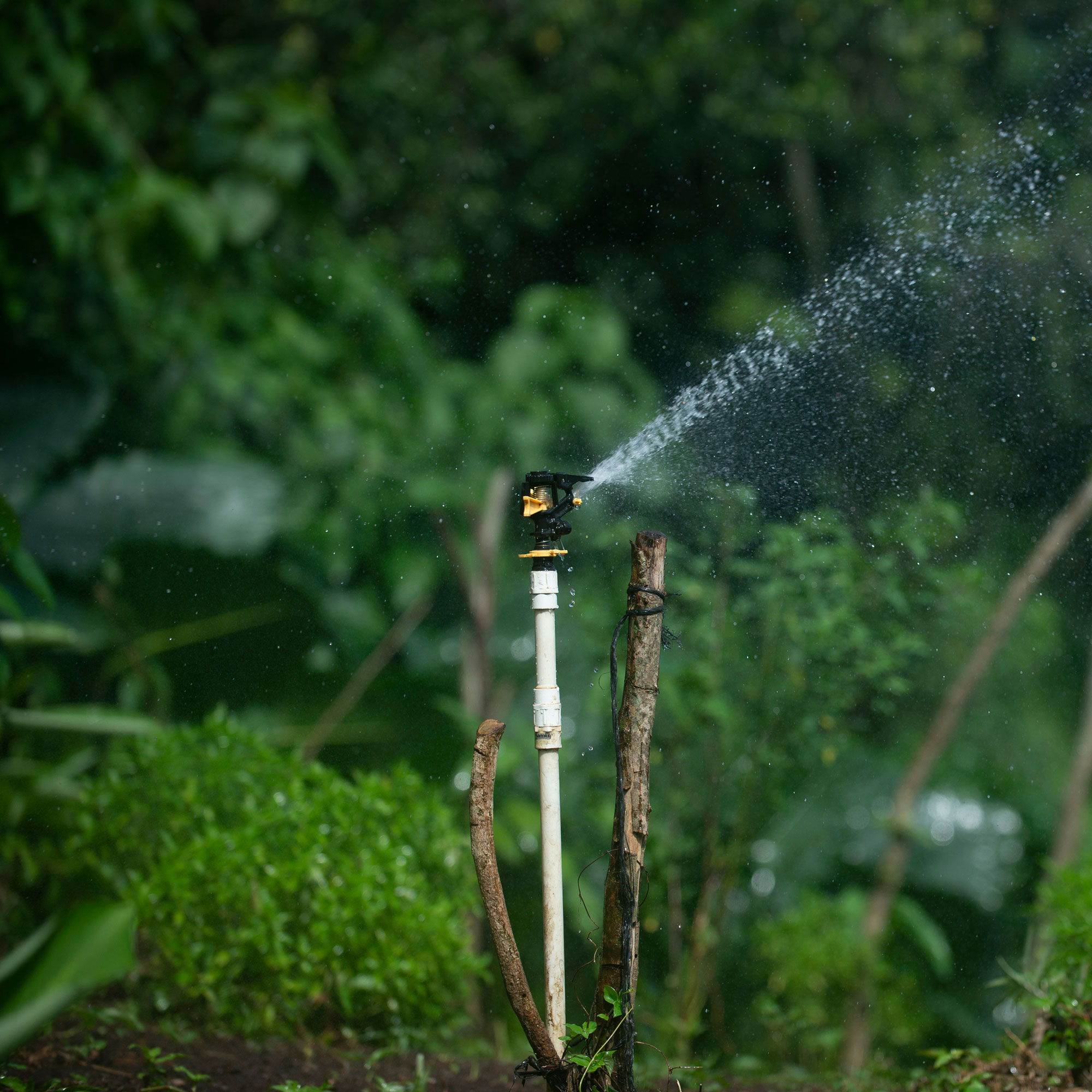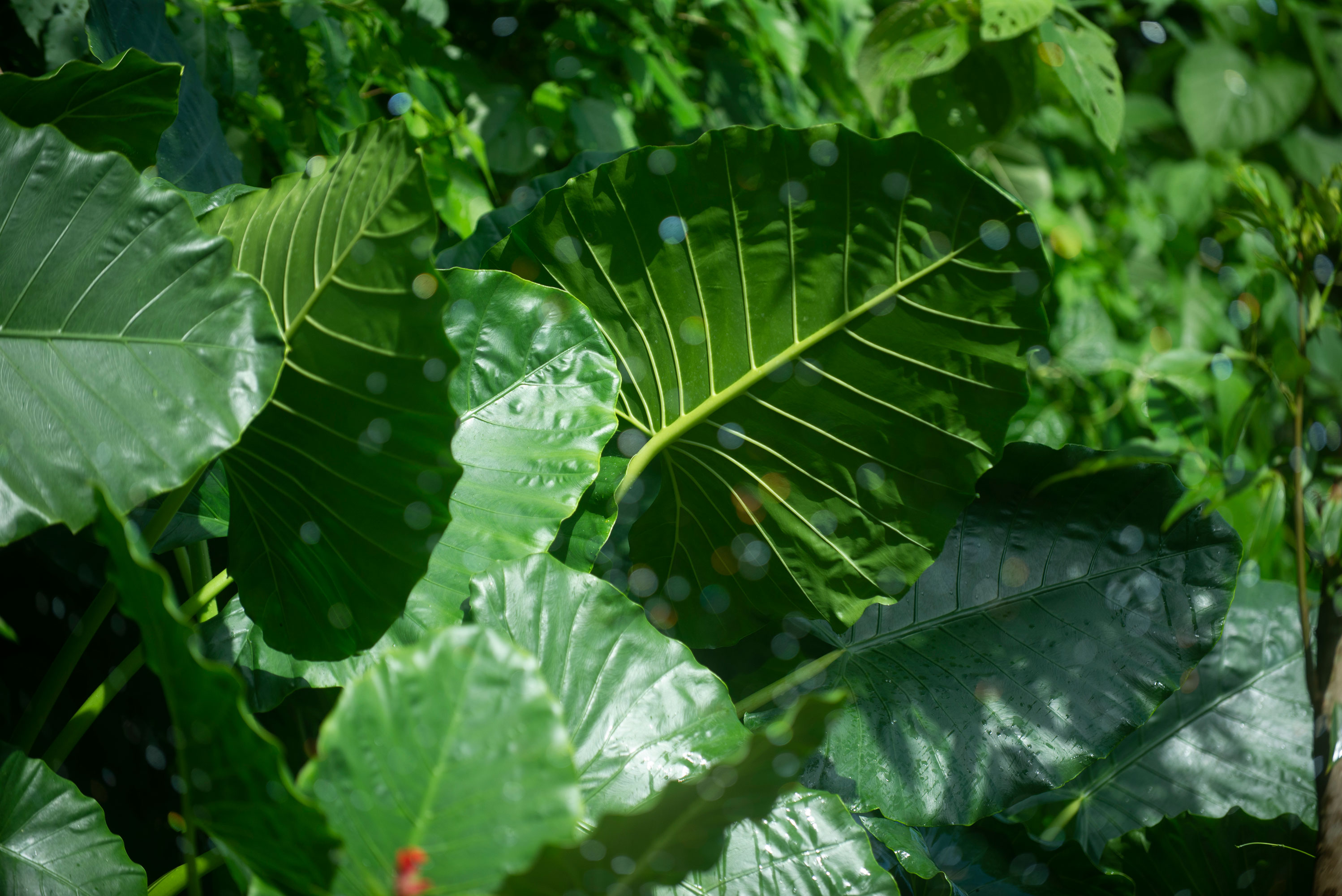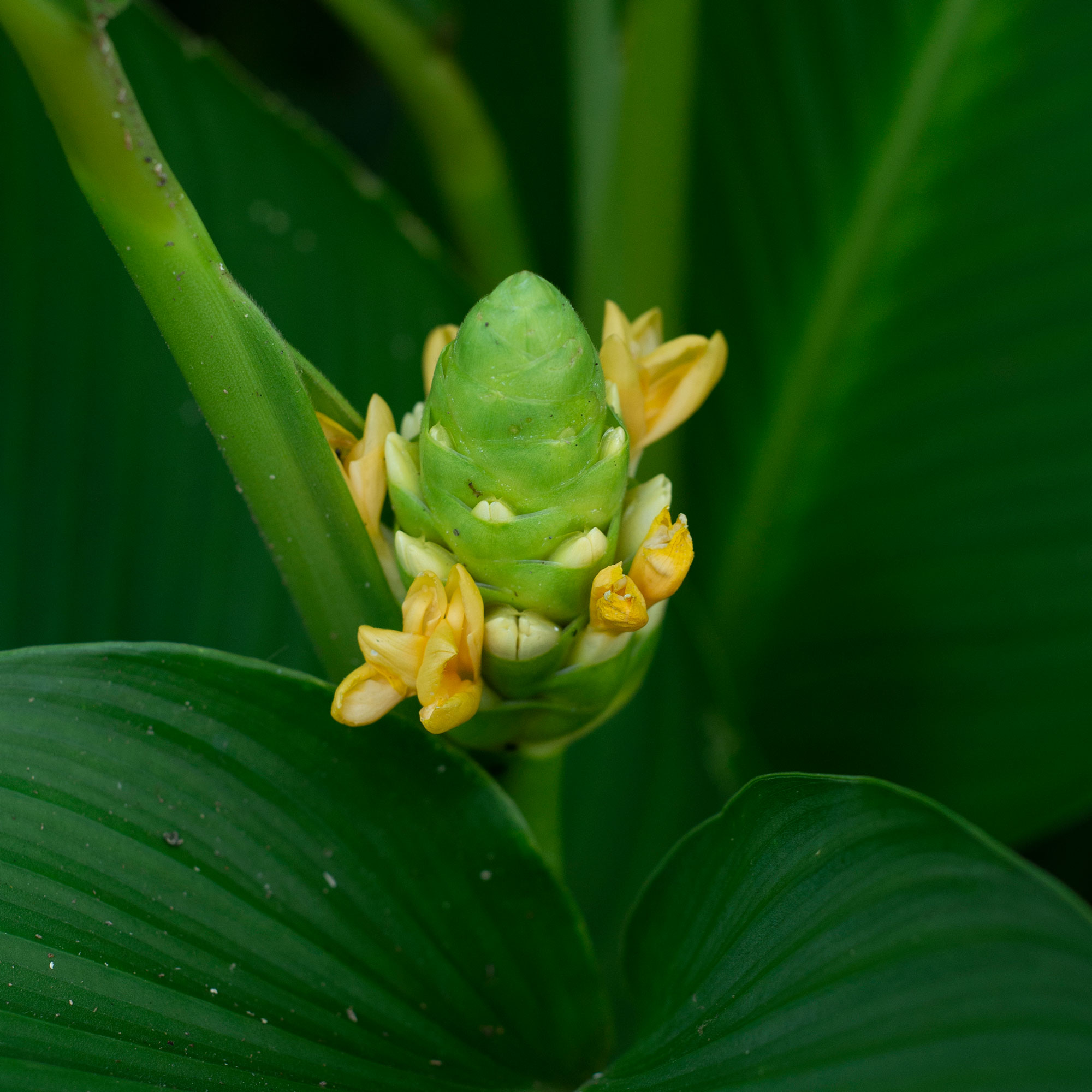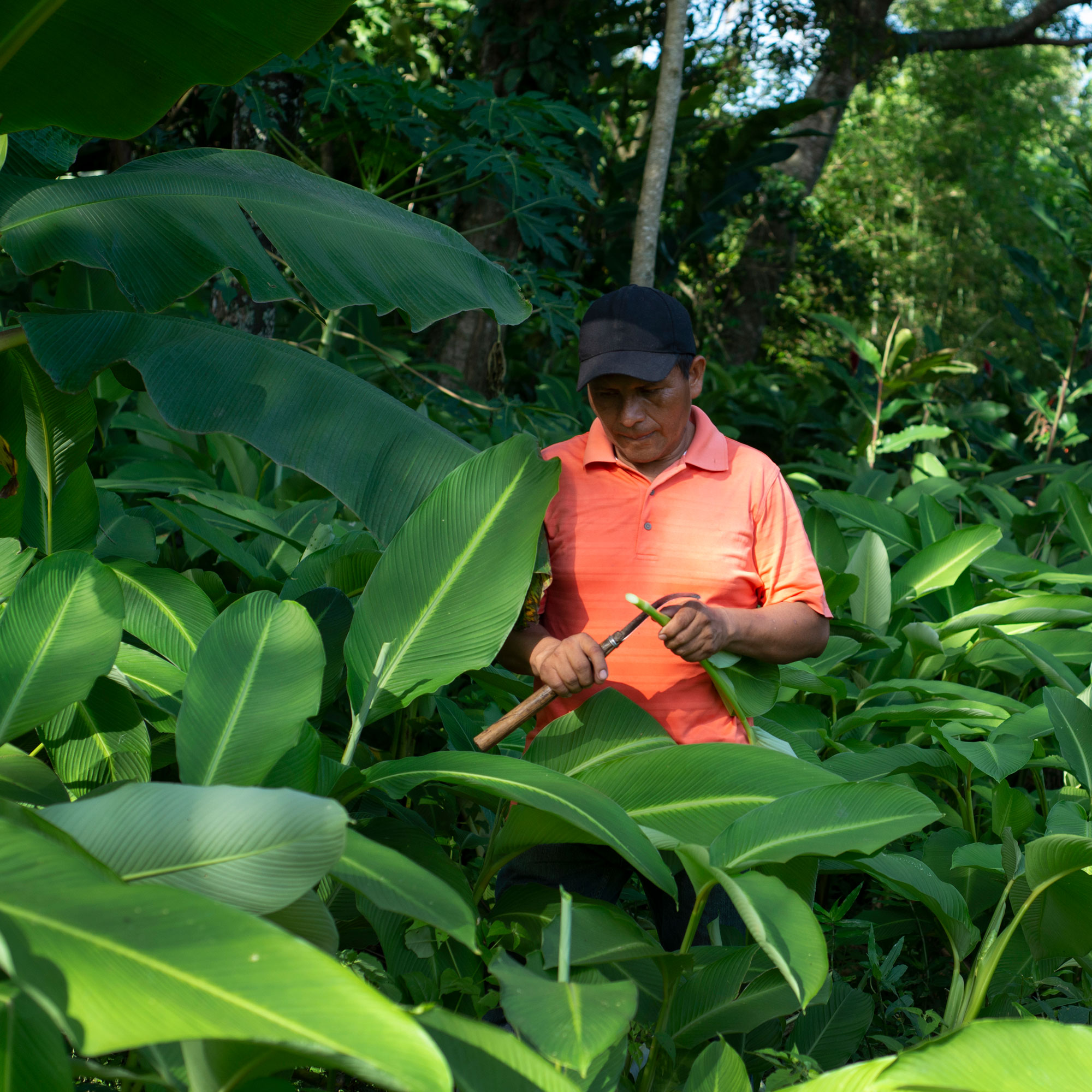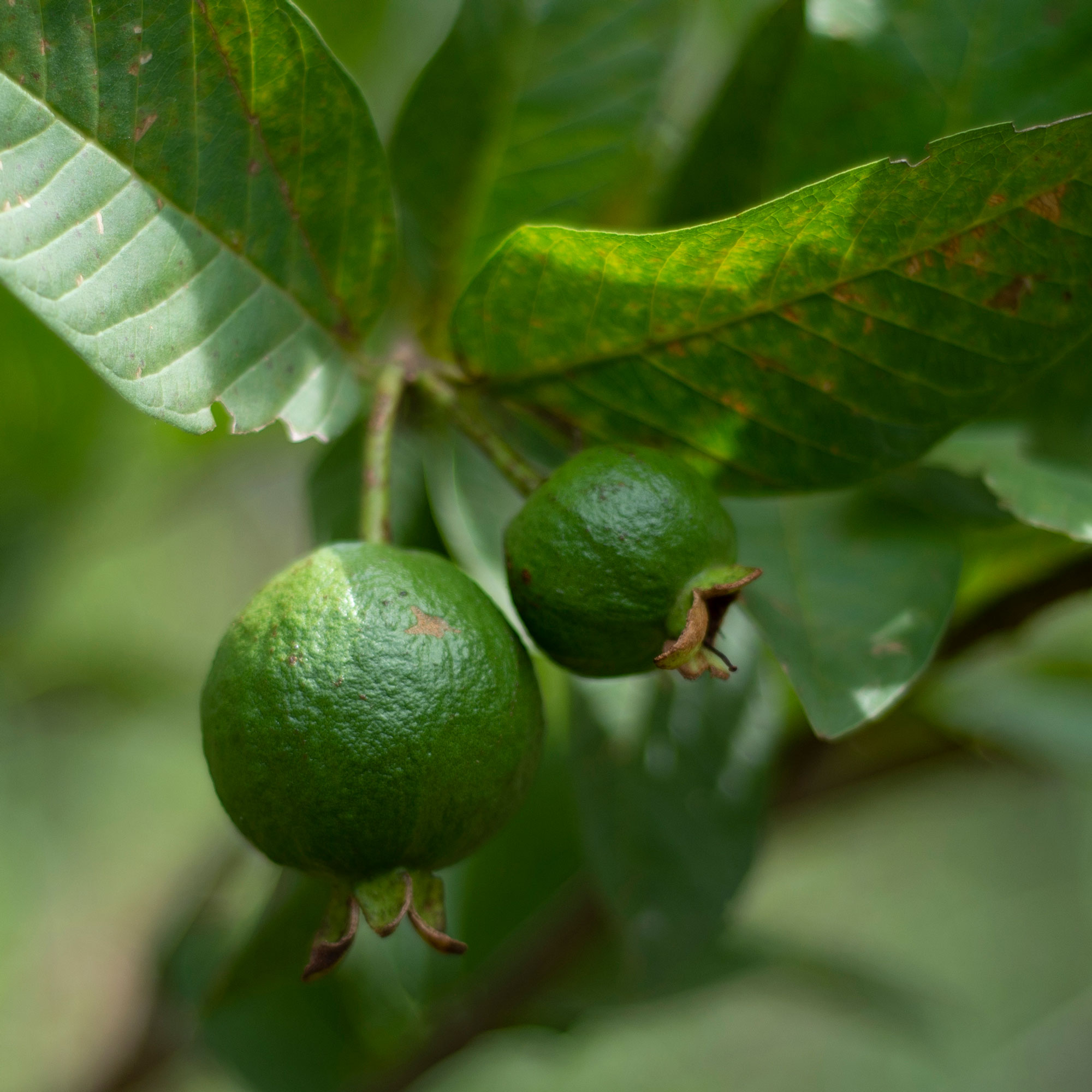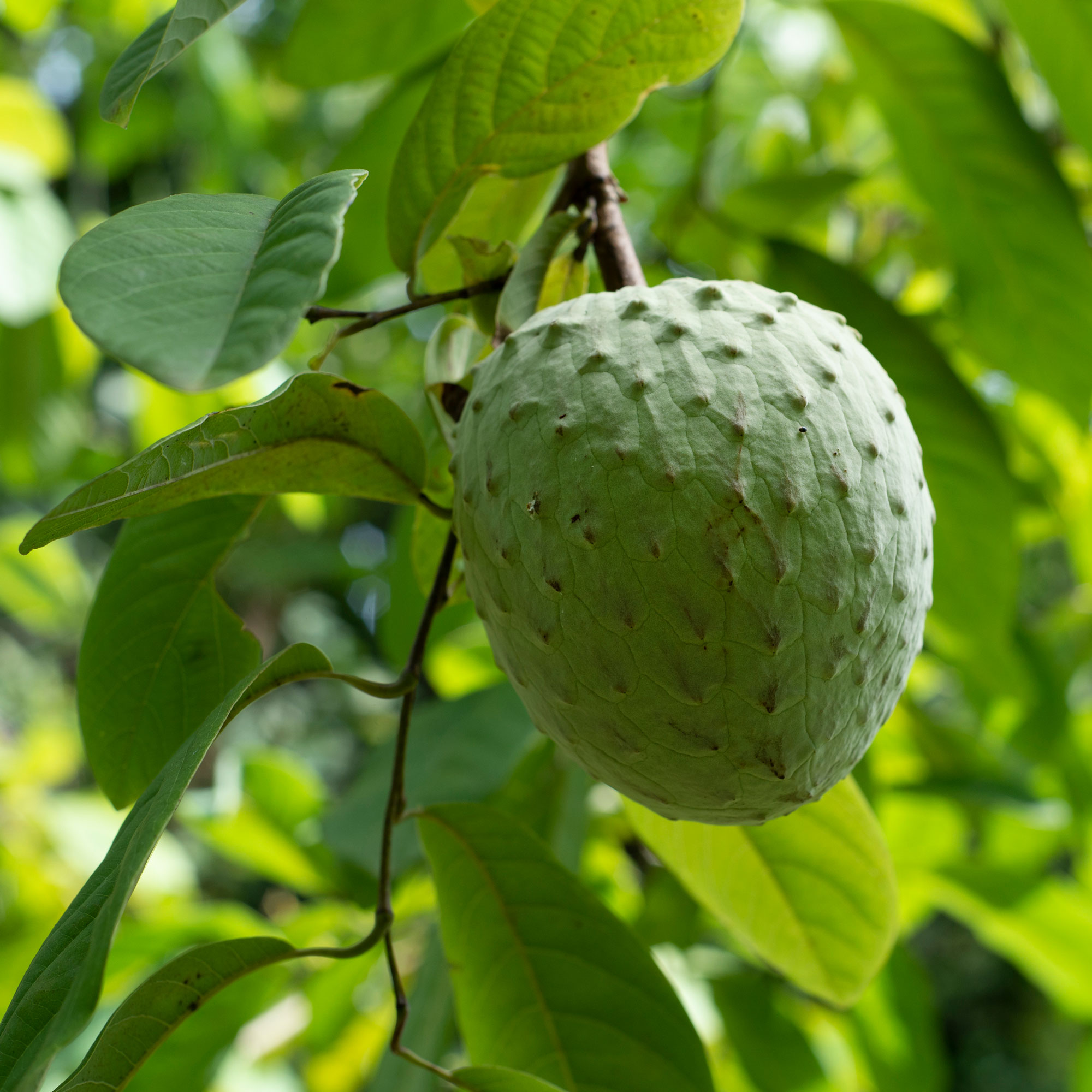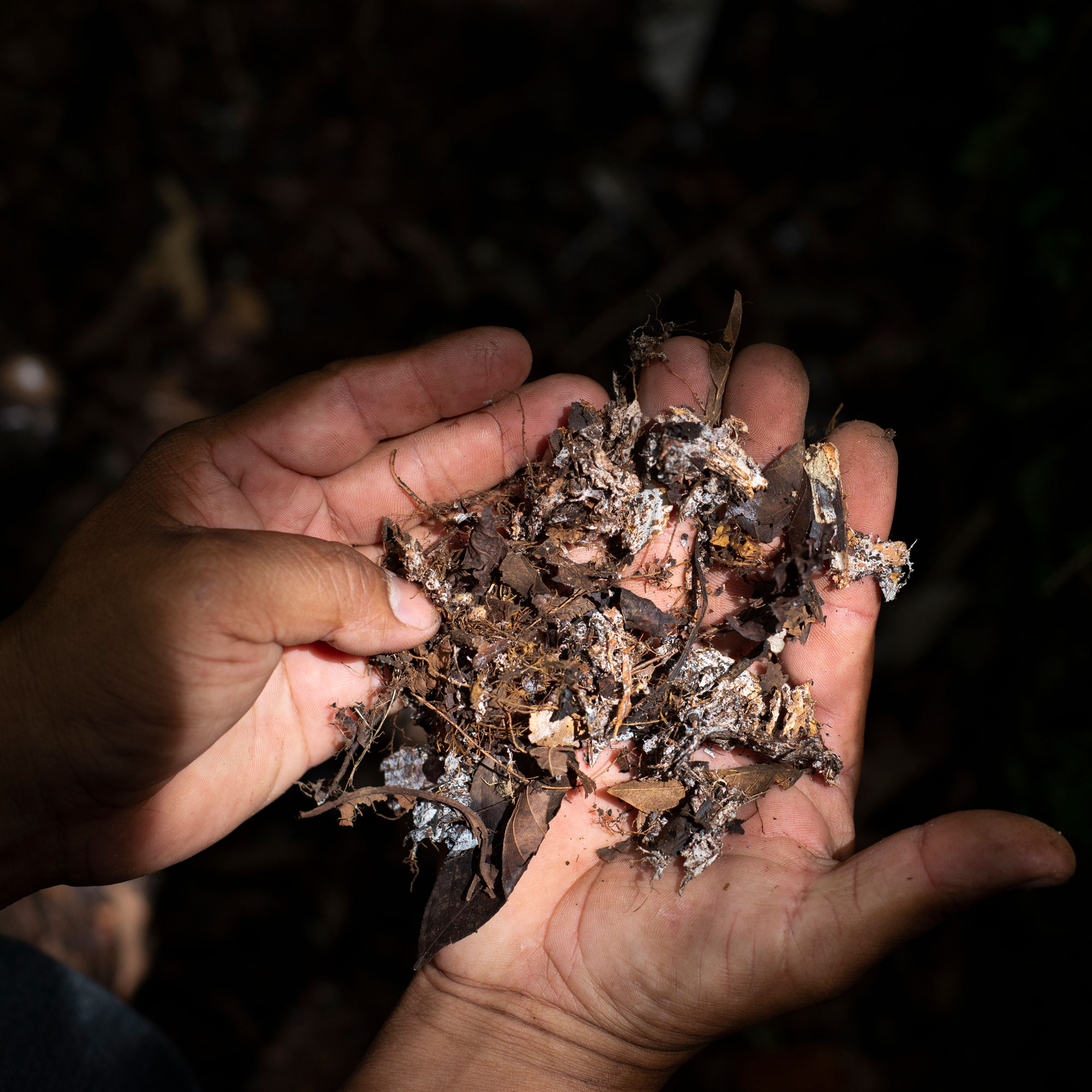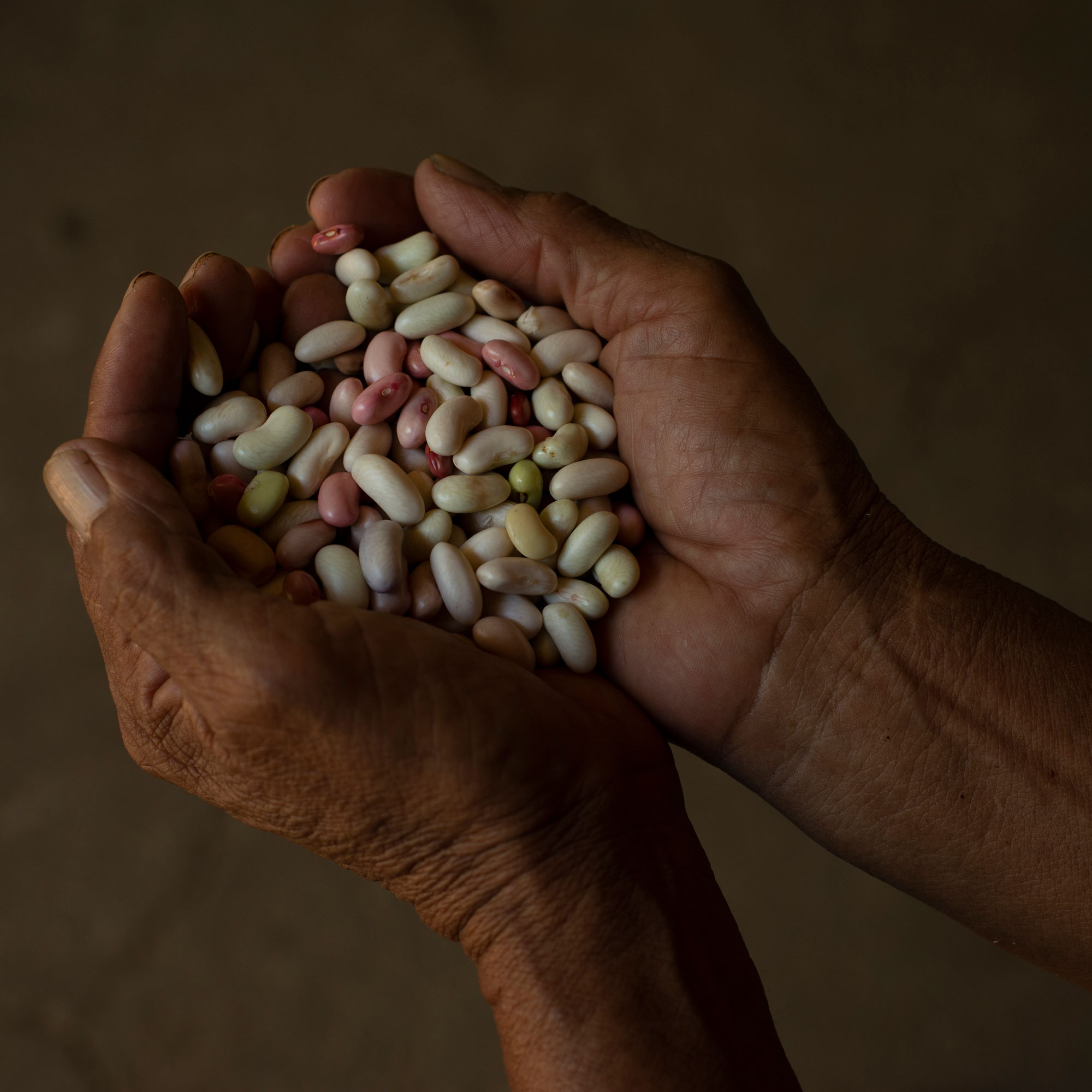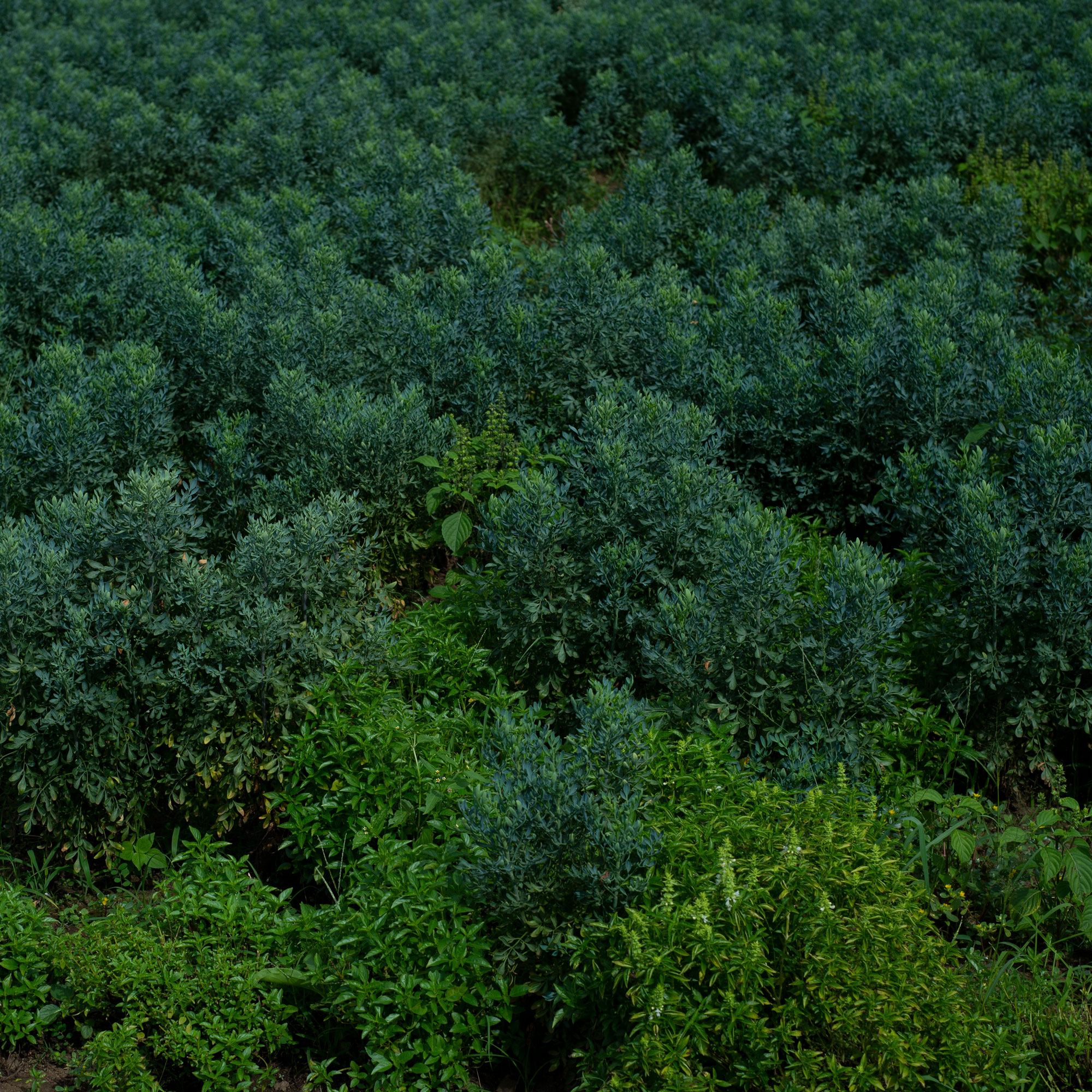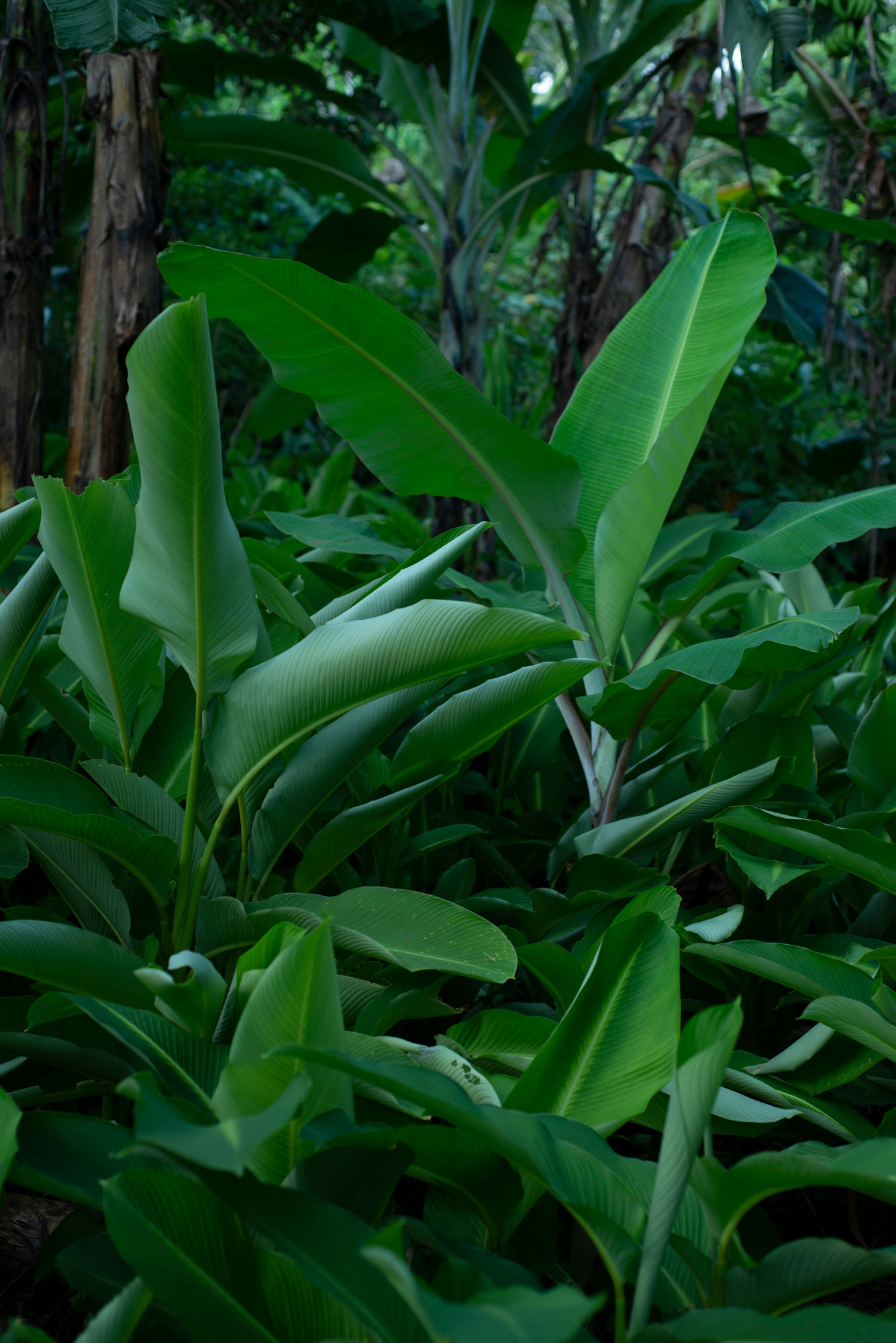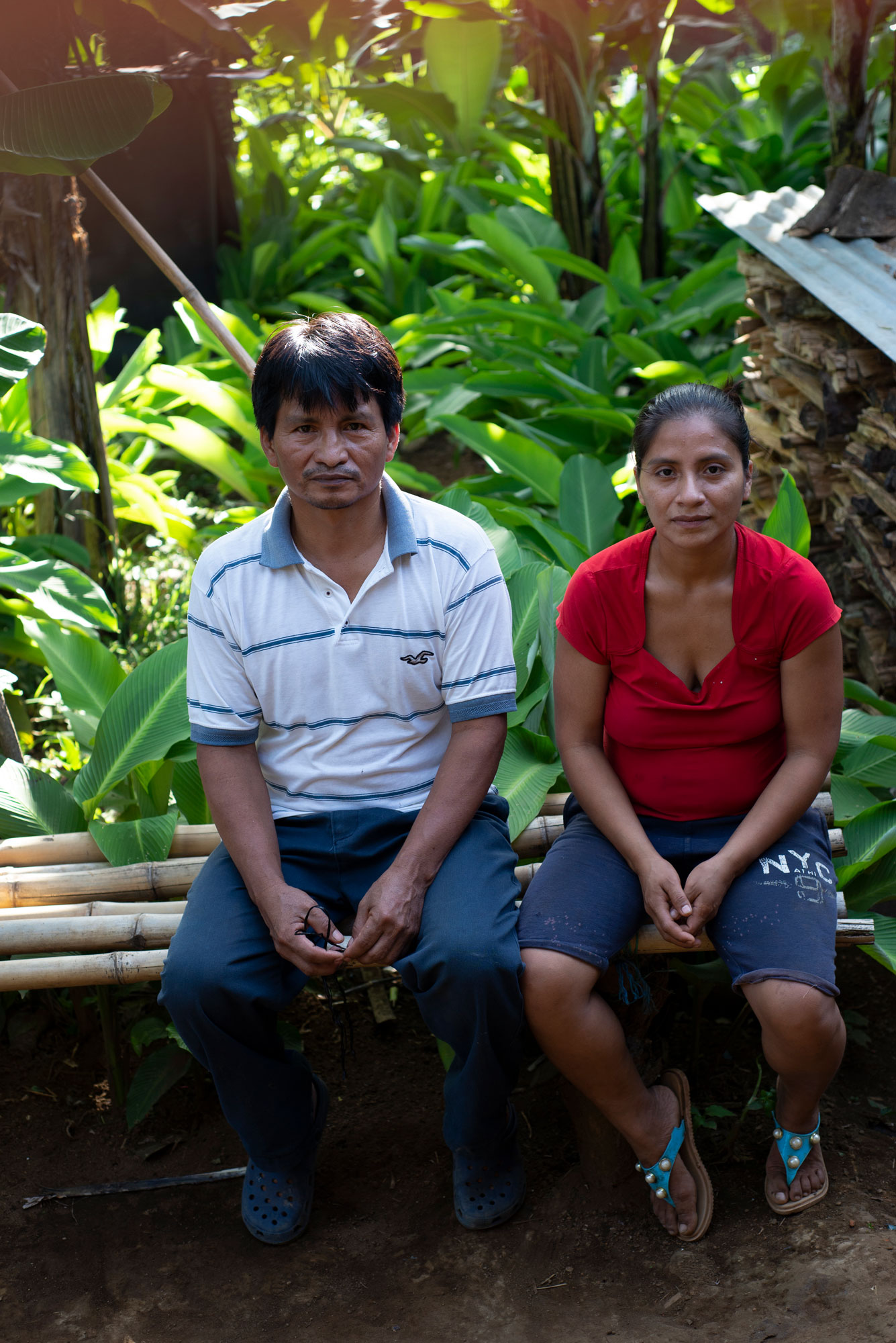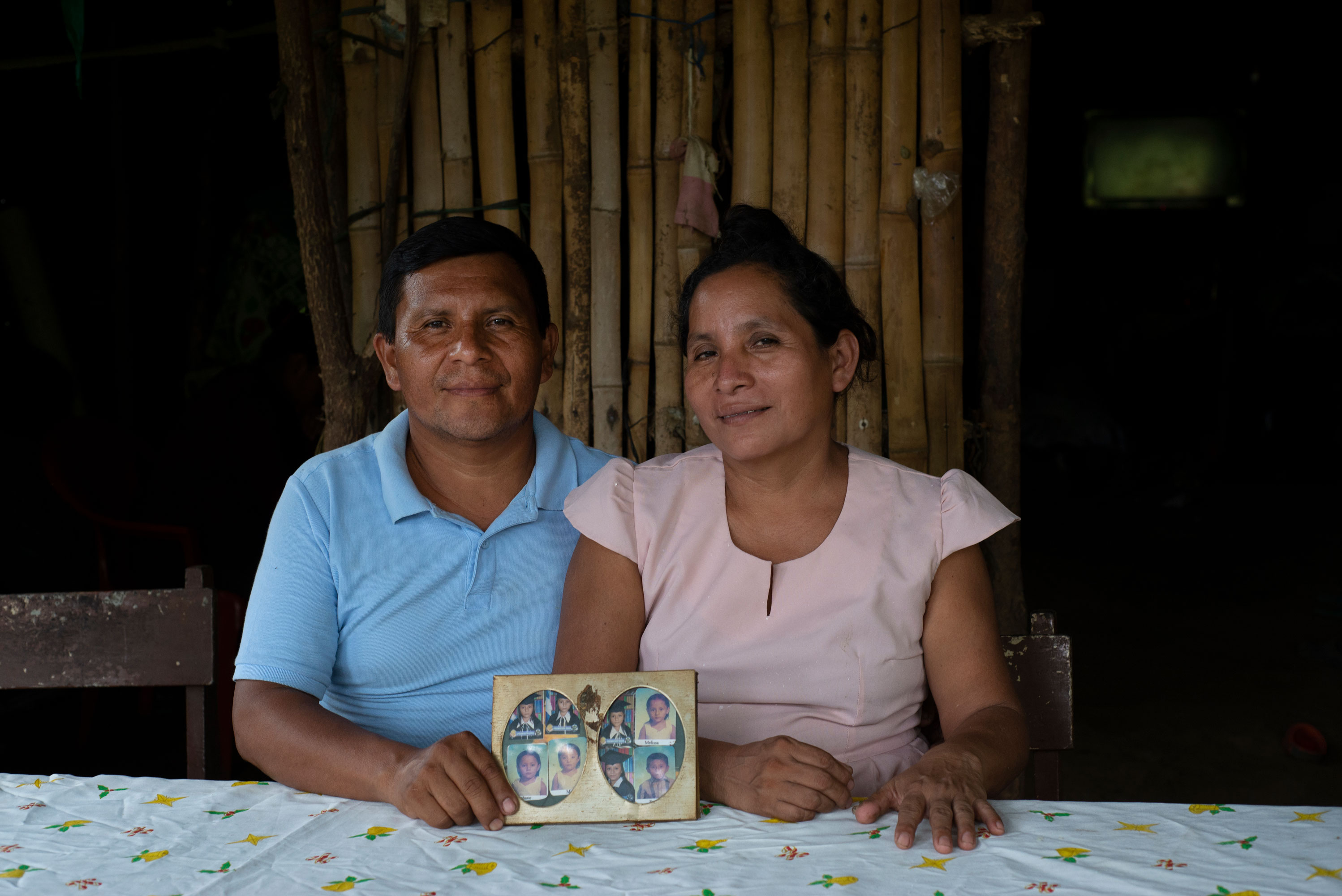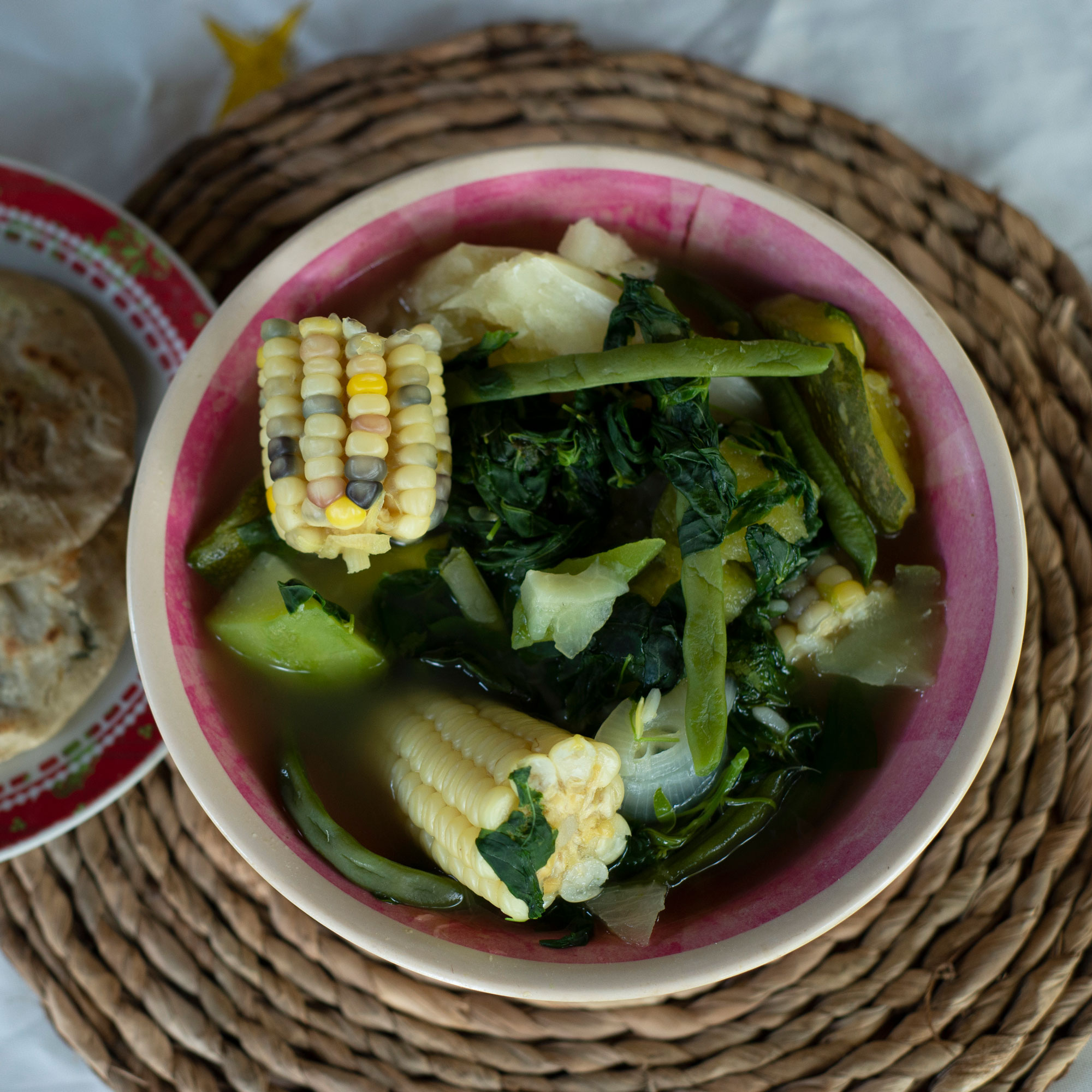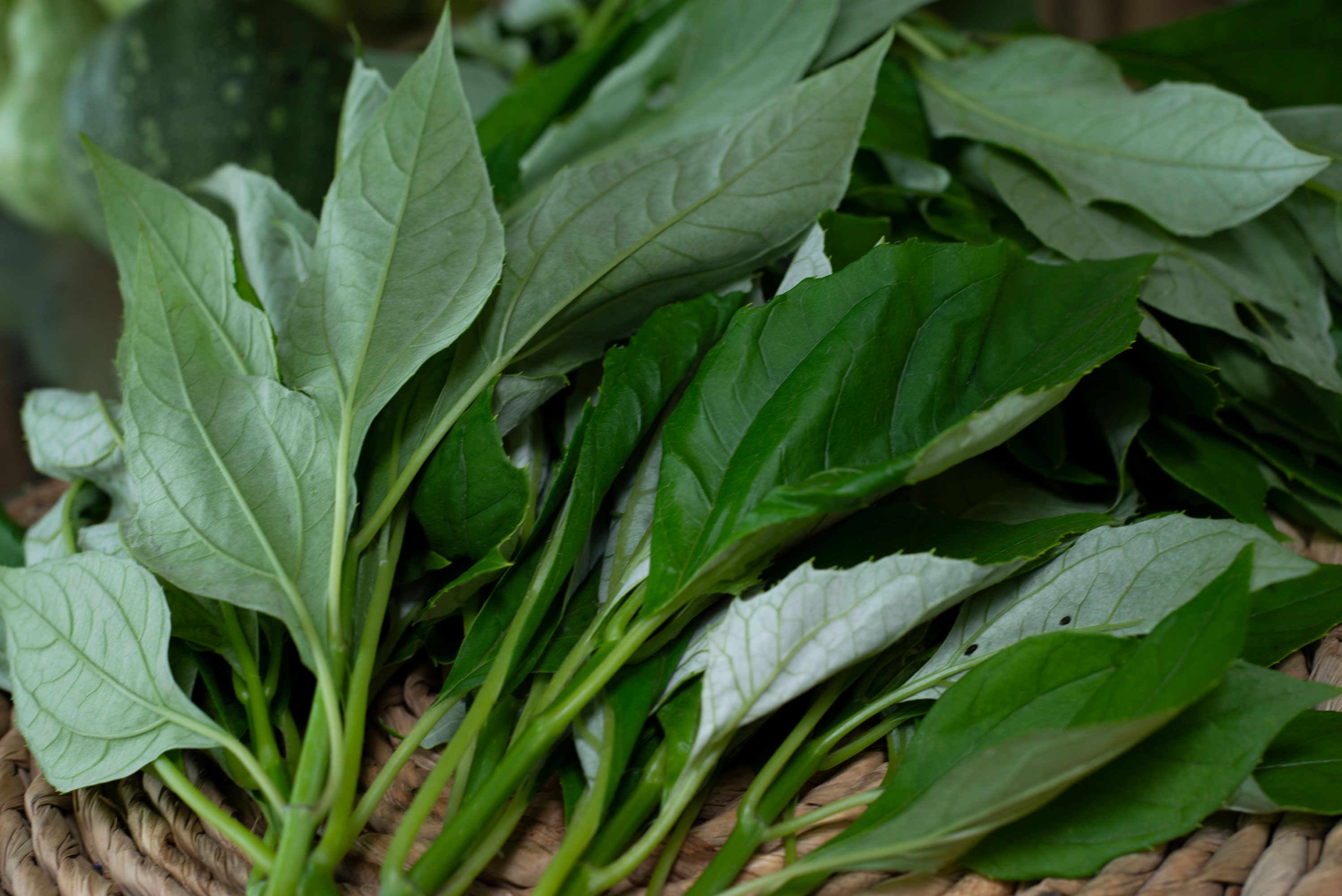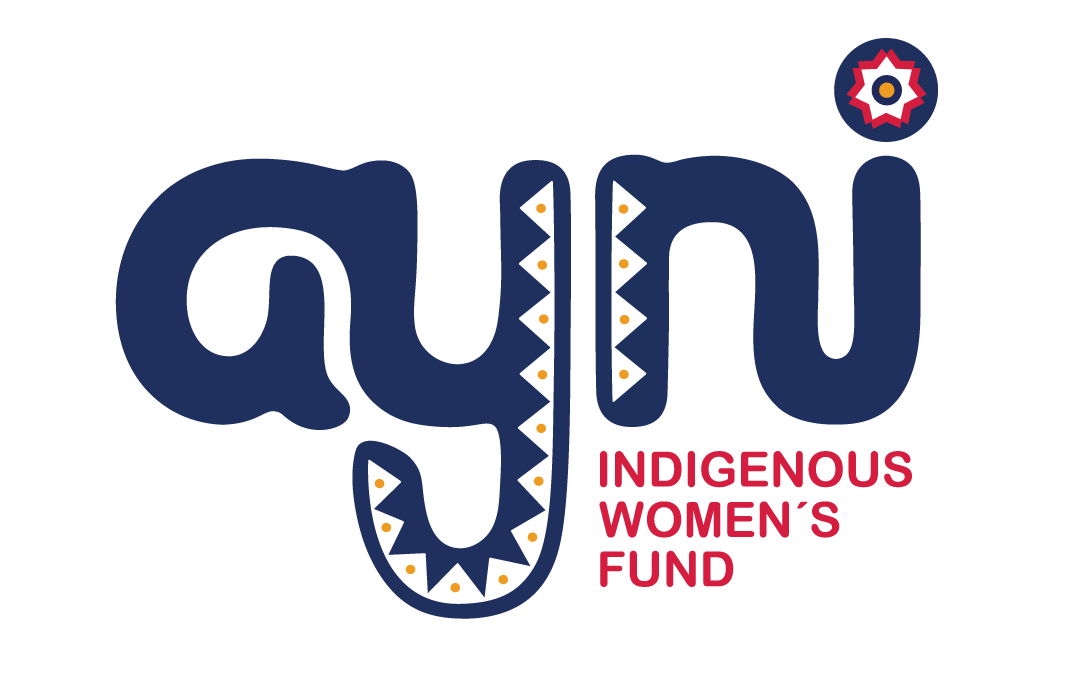El Salvador only officially recognized the existence of its Indigenous Peoples in 2014. State violence and continuous efforts to suppress them have put the relationships they share with their surroundings in peril. More recently, the addition of larger global issues like climate change and growing pressure on native environments have exacerbated state-level policies of oppression and neglect. Nonetheless, indigenous communities have found ways to survive.
Of the languages spoken among El Salvador’s three principal indigenous communities — the Lencas, the Cacaoperas and the Nahuat Pipiles — only Nahuat, a close relative of Mexico’s Nahuatl dialects, survives among a small number of native speakers.
“Not Nahuat, [young people] say, because it’s a language that they cannot use with people coming from the outside”, explains Fernando Aguilar Marcelino, from the municipality of Nahuizalco in western El Salvador.
